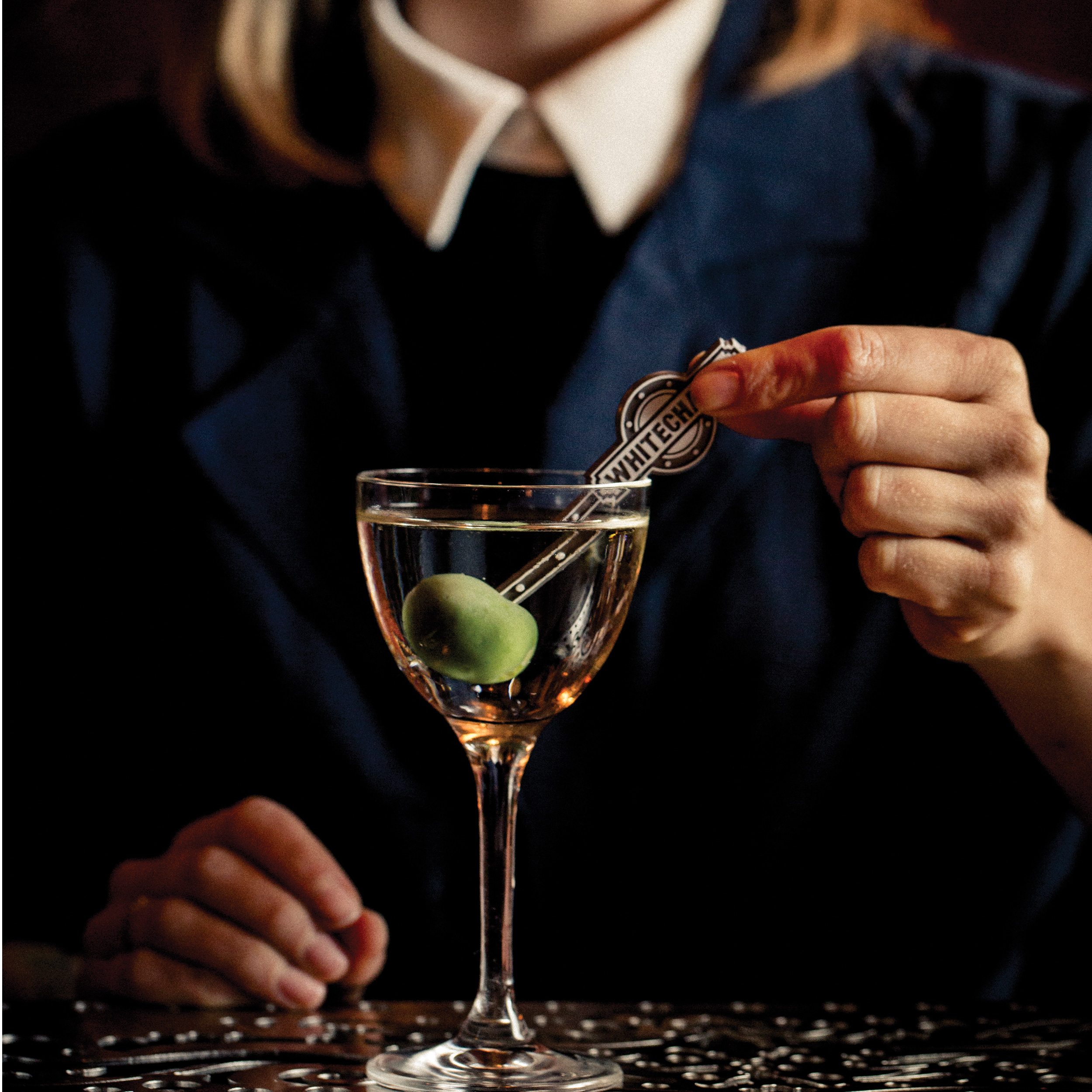Around the turn of this century we experienced a minor gin revival, the great white spirit’s first stirrings in the world since before the vodka age. Anchor Distilling launched Junipero, a craft gin, in 1996, and any number of others followed. Despite the publicity this mini-movement received, gin’s revival…
To read this article and more,
subscribe now.
To continue reading without interruption, subscribe and get unlimited digital access to our web content and wine search.
This story appears in the print issue
of June 2016.
Like what you read? Subscribe
today.
















